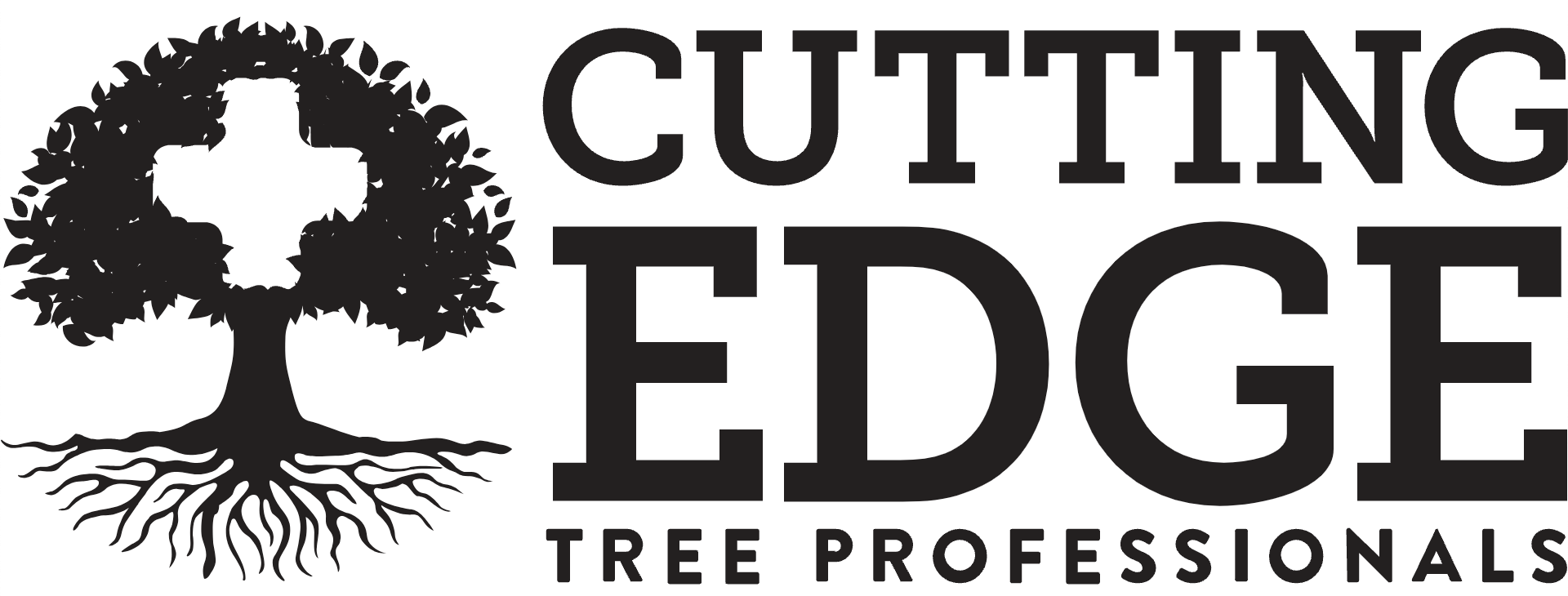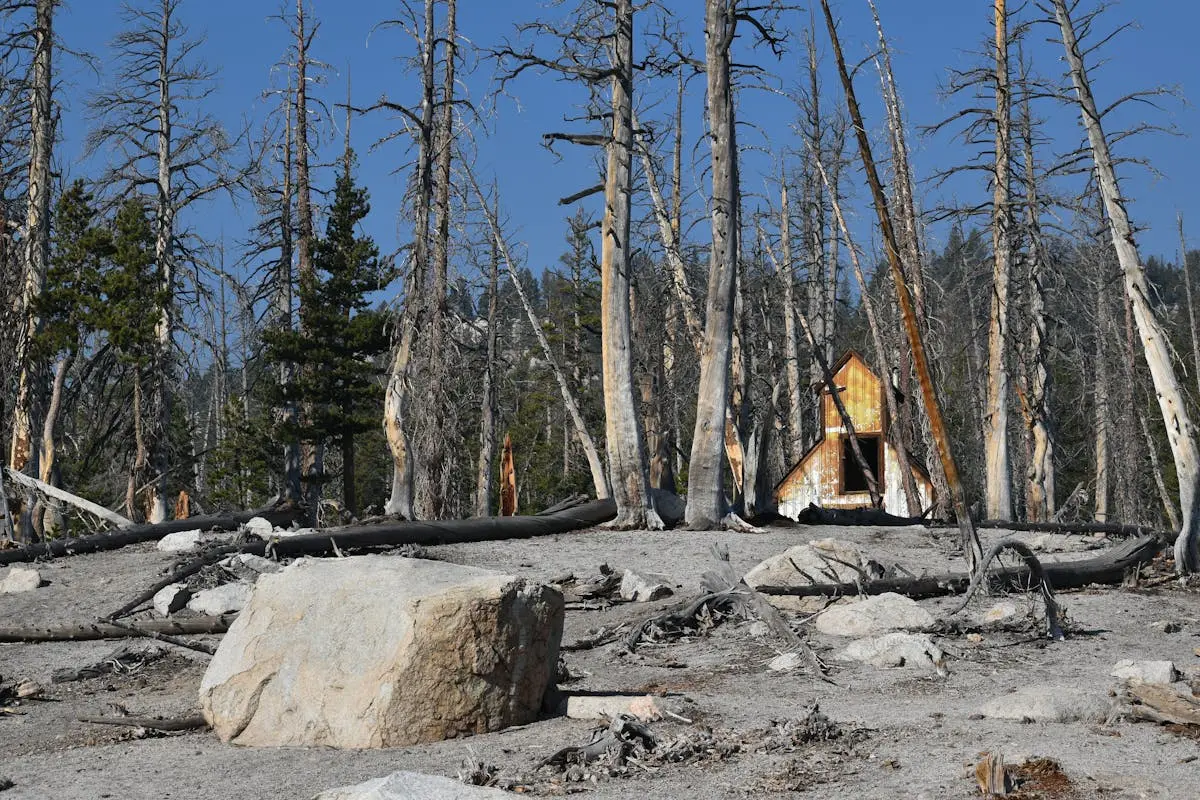Introduction to the Role of a Dead Tree in Your Landscape
Dead trees might seem like they should be removed from your landscape immediately, but hold your saws and shears. Before we write off these leafless giants as mere eyesores, let’s explore their surprising role. Dead trees, or snags, can actually be vital to the ecosystem. They provide essential habitat for various wildlife, including birds, insects, and fungi. As a dead tree decomposes, it enriches the soil with nutrients, which in turn supports new plant growth. This natural process creates a cycle of life from death. So next time you spot a dead tree in your yard, think twice before you dismiss its value. It could be playing an important role in sustaining the habitat around you.
How Dead Trees Affect the Health of Your Ecosystem
Dead trees aren’t just an eyesore; they play a bigger role in your ecosystem than you might think. You see, a standing dead tree, known as a snag, can actually be quite vital. It offers a home for all sorts of critters, from birds to bugs. Even as it decays, it provides nutrients that enrich the soil and support plant growth. But there’s a catch ― not all dead trees are good. If a tree died due to disease or pests, it can be a ticking time bomb, ready to infect other plants. It becomes crucial to identify the cause of death before deciding whether to keep it or chop it down. Also, a dead tree can be a hazard if it’s at risk of falling over. It could damage your property or cause injury. Let’s not forget the fire risk dry, dead wood poses especially during hot, dry months. So, keep a keen eye on those dead trees. They might be helping your ecosystem or they could be a danger in disguise.
The Aesthetic Influence of Dead Trees on Landscape Beauty
Dead trees can stick out like a sore thumb in the midst of your lush green oasis. Imagine, you’re walking through your garden and you see this bare, lifeless tree. It just doesn’t fit, right? Not only does it look out of place, but it can actually make your whole outdoor space feel a bit depressing. It’s like having a gray, scraggly beard that spoils a well-groomed look. A healthy landscape is vibrant and full of life, but a dead tree? It can drag down the aesthetic of your entire garden. Plus, these unsightly trees can become real eyesores over time as they decay and disintegrate, kind of like watching paint peel off an old house. Removing them might just be the facelift your garden needs to look its best again.
Dead Trees as Habitats: The Ecological Benefits
Dead trees, while seemingly unsightly, can be ecological gold mines. They serve as habitats for a host of critters. Woodpeckers carve out hollows, which then become homes for owls, bats, and other birds that need a nesting spot. These cavities also offer shelter for squirrels and raccoons. On the ground, dead trees decompose, turning into nurseries for fungi and creating rich soil that helps plants thrive. So, while you might be inclined to clear every fallen trunk, remember these dead trees are bustling cities for wildlife and crucial to nutrient recycling in the ecosystem.
Safety Concerns: When a Dead Tree Becomes a Liability
Dead trees might look like they’re simply part of nature’s life cycle, but hold on, they could be ticking time bombs in your yard. These timber towers can fall without warning, and that’s bad news. If the dead tree is within falling distance of your house, get this: it could crash through your roof. Even if it’s just chilling near paths where people walk or play, it would take just one gust of wind to possibly turn it into a hazard zone. The branches alone, lightweight and brittle, might decide to drop anytime, which is a definite safety no-go. Plus, dead trees aren’t doing your landscape any favors, folks. They can end up being hangouts for pests like termites or fungi that don’t mind hopping over to healthier plants. So, it’s clear as day: when a dead tree becomes more of a liability than a feature, it’s time to call in the pros to take it down before it takes something else down with it.
Detecting the Signs: Is Your Tree Dead or Dormant?
It’s easy to get worried when you see a tree that looks lifeless. But here’s the thing – sometimes trees play a bit of a trick on you. They could just be dormant, not dead. Dormancy is like a tree’s version of hibernation, usually during the colder months. Now, let me tell you how you can spot the difference. First, check the branches. Alive ones are flexible, dead ones snap easily. Give a twig a gentle bend – if it breaks, you might have a problem. Next, you want to look for the scratch test. Just scratch a little bit of bark off a twig; if it’s green underneath, the tree’s kickin’. If it’s brown and dry, uh-oh, it’s probably dead. Lastly, look around the base of the tree. Fungi and mushrooms are a bad sign – they usually mean the tree’s wood is decaying. So, remember these pointers and you’ll have a good chance of telling whether your tree needs help or just a bit more time to wake up.
The Proper Way to Deal with Dead Trees
Dealing with dead trees isn’t just about keeping your yard pretty—it’s about safety and ecosystem health. First off, determine if the tree is genuinely dead or can be saved. If it’s a goner, removing it is critical; dead trees can fall, posing a risk to people and property. But here’s the deal, don’t just go hacking at it. You’ve got to check for local regulations—some places require permits for tree removal.
Get a professional in if you’re not sure how to safely remove the tree. They’ve got the tools, know-how, and can grind that stump down to nothing.
After the tree is removed, think about what’s next. The empty spot could be a chance to plant a new tree that’ll be good for the landscape and local wildlife. Choose native species, which grow well in your area and help maintain local ecology. And hey, if you’ve got a fireplace, that dead tree could keep you cozy through winter as firewood, just make sure it’s properly dried out and safe to burn.
In a nutshell, handle dead trees with care, respect local guidelines, and when in doubt, call in the pros. Your yard—and the environment—will thank you for it.
Preventing Potential Damage: When to Remove a Dead Tree
When you spot a dead tree, remove it pronto. Why? It could come crashing down on your house, your car, or someone’s noggin. That’s your safety on the line and major cash for potential damage. Plus, dead trees are buffet lines for pests like termites and beetles—don’t invite them over. To dodge trouble, check your trees regularly. Look out for missing leaves, dead branches, and decay. Got a sickly or dead tree? Call a pro to take a gander. They can tell if it’s time for the axe. No dilly-dallying, though. The sooner you get that timber out of there, the better. It’s all about keeping your yard safe and looking sharp.
Dead Tree Removal: What Are Your Options?
When you’ve got a dead tree on your property, it’s not just an eyesore; it’s a liability. Dead trees can threaten your safety, and the safety of your property and the surrounding ecosystem. Let’s talk about getting rid of those timbered threats. You have a few options when it comes to removing dead trees. The DIY approach is there, sure, but it comes with risks. Unless you’ve got the experience and the right equipment, it’s better to leave it to professionals. Hiring a tree removal service is your best bet. They can handle the job safely and efficiently. Costs may vary based on the tree size and location, but think of it as investing in peace of mind. Remember, permitting may be required by your local government, so check in with them before the pros get chopping. Meanwhile, if you want the tree to serve a purpose even in death, consider turning it into mulch or firewood. Whichever way you go, dealing with dead trees promptly can save you from future trouble, and helps keep the rest of your landscape healthy. Choose wisely and act swiftly!
Conclusion: Making an Informed Decision on Dead Trees in Your Landscape
Alright, it’s decision time. Dead trees might seem like a natural part of any ecosystem, but you’ve got to think hard about keeping them in your yard. If they’re not posing a risk to people, property, or healthy trees and plants, and you fancy a bit of wildlife coming around, letting a dead tree stand could be a solid move. They become nifty homes for birds, bugs, and other critters, helping maintain a balanced ecosystem. But, if that tree looks like it’s going to topple over in the next storm or is so rotten it could be a danger zone, it’s smart to get it out of there. Safety first – always. Remember, whether you’re pro tree-hugging or all about that pristine lawn look, make your choice with all the facts in hand. Healthy trees, happy critters or a safe space for your family to chill – that’s the good stuff right there.


